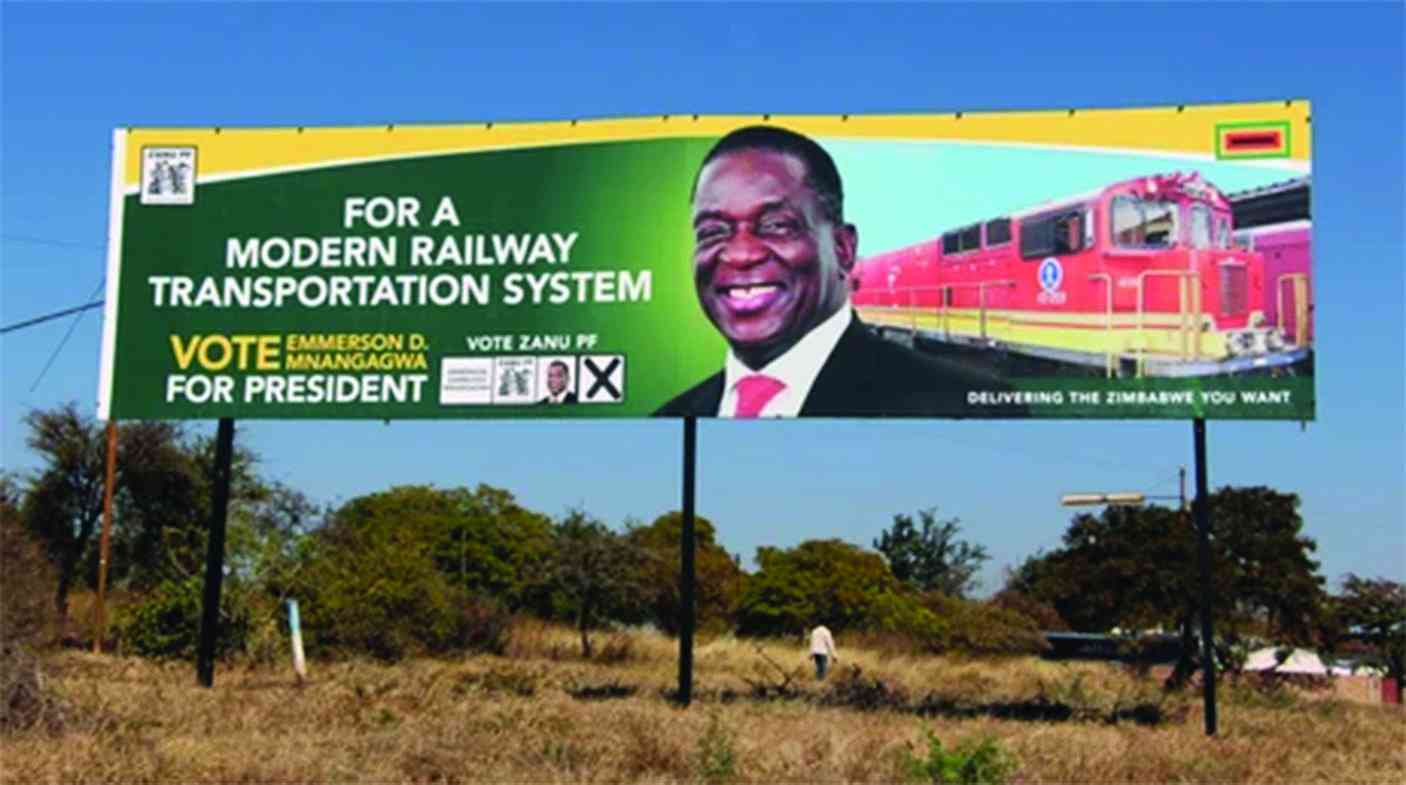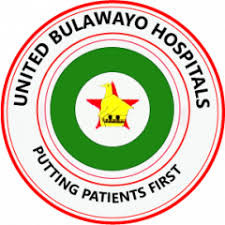
CROCODILE is an ambush predator. It is highly strategic; it waits for fish or land animals to come close, and then rushes out to attack. Its physical traits allows it to be a successful predator. The eyes, ears and nostrils are located on top of the head, allowing the crocodile to lie low in the water, almost totally submerged and hidden from prey.
Background and overview
Zimbabwe became independent in 1980 after a war against the minority white Rhodesian government, which had unilaterally declared independence from Britain.
Democratic elections were held in 1980, and Robert Mugabe took power.
On Tuesday, November 21 2017, Mugabe resigned after 37 years in power in what was described as a “coup which was not actually a coup”. At an advanced age of 93, Mugabe had become the “800-pound gorilla in the room” on international and regional leader gatherings, such as Southern African Development Community (Sadc) meetings and the World Economic Forum (WEF). He died at the age of 95.
The new leader, Emmerson Mnangagwa (nick-named “crocodile”) took office on August 26 2018 at the age of 75.
Formerly the vice-president and a former spy chief, who was part of the liberation struggle he pledged to (i) grow the economy, (ii) provide jobs and (iii) usher in a new democracy.
Mnangagwa is now seeking a second term in office and has launched his 2023 election campaign.
- ED heads for Marange
- ‘Zimbos dreading 2023 elections’
- Your Excellency, the buck stops with you
- We’ll unleash our dogs: Zanu PF
Keep Reading
Campaigning is now in full swing
Zimbabwe will hold its presidential and parliamentary elections on August 23.
The main political parties for the 2023 presidential elections are the Zanu PF and the opposition Citizens Coalition for Change (CCC). It is Nelson Chamisa versus President Mnangagwa!
We recall that in the 2018 presidential election, Mnangagwa won 50,8% of the votes. On the other hand, Chamisa, who was running the Movement for Democratic Change (MDC) alliance ticket, won 44,3%. Zanu PF has since launched its election campaign in Chipinge at Mutema Secondary School in Musikavanhu constituency.
The stakes are high and as we approach election dates, the big risk is that politics will be the centre of attention and some damage will be felt in the economic environment.
Enter Tyson/Passenger 34
Self-exiled Kasukuwere, a former minister in Robert Mugabe's cabinet, will run as an independent candidate, in a move that is expected to attract votes in Zanu PF strongholds. The point here is that Kasukuwere enjoys support from within the ruling party, particularly former Mugabe loyalists.
We note that his team includes Walter Mzembi, Mugabe's last foreign affairs minister. Mzembi is the convenor and chairperson of the Kasukuwere bid. We contend that the coming in of Kasukuwere on the presidential elections stage will likely divide the Zanu PF/Mnangagwa vote, which will effectively be an advantage for CCC/Chamisa.
That said, Kasukuwere faces two arrest warrants issued back in 2019. The first one was issued after he failed to appear in court on four counts of criminal abuse of office and the second one after he failed to resubmit his passport to the clerk of court.
He has dismissed the warrants as mere threats to deter his political campaign.
Factionalism
In the case of Zanu PF, Kasukuwere (Tyson/Passenger 34) is a symbol of factionalism. While Kasukuwere is coming in as an independent candidate, he is a Zanu PF offshoot. It should be highlighted that Mnangagwa's triumph in 2018 did not put an end to factionalism within Zanu PF.
Mnangagwa's “Lacoste” faction — a reference to his nickname, the 'crocodile' — prevailed over the “Generation 40” (G40) faction. The G40, which was popularly associated with then-first lady Grace Mugabe was headed by former information minister Jonathan Moyo and Kasukuwere, who was then Zanu PF's national political commissar. In the case of CCC, we note that in January 2022, the MDC-Alliance (MDC-A) rebranded as the Citizens’ Coalition for Change (CCC) after a long battle over the MDC name, which was surrendered to Douglas Mwonzora.
MDC has indeed been hamstrung by factionalism for most of its existence. Divisions worsened after the death of long-time leader Morgan Tsvangirai, who succumbed to colon cancer in February 2018.
Tsvangirai had appointed Chamisa, Thokozani Khupe and Elias Mudzuri as co-vice-presidents of what was then known as the MDC-Tsvangirai (MDC-T), and Chamisa assumed the role of interim leader following his death.
Khupe challenged this, and the MDC split into the MDC-A, led by Nelson Chamisa, and the MDC-T, led by Khupe.
The power wrangles have indeed been a major drawback for the party ever since the death of Morgan Tsvangirai.
Mnangagwa seeks another term
Mnangagwa indicated that his focus is on rebuilding the economy. The long-term vision being to register double digit GDP growth rates and turn Zimbabwe to an upper middle-class economy by 2030.
That said, the country faces several constraints such as (i) currency issues and liquidity constraints, (ii) a massive debt overhang, (iii) limited government revenues and deficits; (iv) limited foreign direct investment (FDI) and lines of credit; and (v) corruption as well as low rankings in terms of ease of doing business.
In this macro-thematic report, we offer an assessment of Mnangagwa’s key policy proposals and reform agenda set out in 2018. We also look at the potential outcomes of the 2023 presidential elections and provide guidance to business leaders and discerning investors on strategic positioning.
Mnangagwa’s 2018 reform agenda
Broadly speaking, President Emmerson Mnangagwa pledged to (i) grow the economy, (ii) provide jobs and (iii) usher in a new Zimbabwe (the Second Republic) that was free from corruption. We assess the core areas of the reform agenda below;
Open for business agenda
The Mnangagwa administration had set out to re-open Zimbabwe for global business by making strides to strengthen bilateral relations with countries such as China, India, Japan, South Korea, Russia and Brazil.
There was also a move to cement relationships with regional trading blocs such as Sadc, Economic Community of West African States (Ecowas) and Common Market for Eastern and Southern Africa (Comesa).
The administration set out a target of US$5 billion annual FDI inflows and US$10 billion in domestic investments.
The Mnangagwa administration has been aggressively cementing relations with countries such as China and Russia as evidenced by significant investments in the mining sector. On the other hand, while there were indications of renewed confidence from European Union (EU) countries, such as Germany that have shown interest to assist the socio-economic transformation agenda, economic sanctions against Zimbabwe remain. Zimbabwe’s compensation agreement with dispossessed farmers is yet to be honoured as the country struggles to raise funds. In February 2023, the EU announced that it was renewing its two-decade-old sanctions on Zimbabwe.
Explaining the decision, the bloc noted that it had “ambitions for a more constructive relationship with Zimbabwe” but added that “the situation in terms of respect for human rights has not improved.”
In March 2023, the US followed suit by extending its sanctions on the country.
Justifying the move, President Joe Biden said that: “The actions and policies of certain members of the government of Zimbabwe and other persons to undermine Zimbabwe's democratic processes or institutions continue to pose an unusual and extraordinary threat to the foreign policy of the US”. Biden indicated that "the absence of progress on the most fundamental reforms needed to ensure the rule of law, democratic governance, and the protection of human rights presents a continuing threat to peace and security in the region”.
Middle-income economy by 2030
The Mnangagwa administration set out audacious goal of transforming Zimbabwe to a middle-income economy by 2030.
This entailed attaining an economic growth rate of at least 6% per annum over the period 2018-2023. The new administration also set out to achieve industrial capacity utilisation to at least 90% by 2023.
Mark & Associates Consulting Group notes that economic growth over the past five years was hampered by several headwinds, which include droughts, cyclones, and pandemics.
International isolation, corruption, and a colossal debt overhang also impeded growth. Significant productivity constraints associated with (i) capital constraints, (ii) policy shifts and (iii) electricity shortages also exist. As a result, GDP growth has been low to mediocre. Energy supply constraints also crippled productivity and capacity utilization across Zimbabwean industries. This has had an adverse effect on total output.
The Mnangagwa administration emphasised on strong fiscal discipline, accountability, and transparency for the restoration of macro-economic stability.
A key area also included intensifying efforts to expedite and bring to finality the resolution of the country’s external debt arrears. According to the 2023 National Budget, the country’s total Public and Publicly Guaranteed (PPG) debt was estimated at ZW$2,2 trillion for domestic debt and US$14 billion for external debt (including blocked funds of US$3,1 billion) as at end September 2022.
An important highlight during Mnangagwa’s administration is that the re-introduction of the local currency unit (Zimdollar) was premature given that certain pre-requisite conditions such as (i) single-digit inflation; (ii) fiscal consolidation (eradication of budget deficits and national debt); (iii) current account surplus; (iv) stable exchange rates; and (v) adequate foreign currency reserves were not met.
The unsustainable growth in money supply (Zimdollar) has indeed been the major driver of inflationary pressures.
In 2023, price-level risks in Zimbabwe remain elevated as we expect external factors to impact negatively on import prices of raw materials, power, food, fertilisers, and liquid fuels.
Further, domestic adverse inflation expectations have also been reflected through forward pricing by economic agents.
Waning confidence in the local unit (Zimdollar) will also trigger full dollarisation (above 90%) as the general population will regard monetary amounts not in terms of the local currency but in terms of a more stable foreign currency (US dollars).
There is also evidence that most prices are being quoted in US dollars while most households and individuals prefer to keep wealth in non-monetary assets (real estate and commodities) or in a relatively stable foreign currency (USD dollars).
- To be continued next week.
- Mark & Associates (M&A) Consulting Group is a strategic advisory firm focused on critical issues at the centre of economics, business, politics and society. (https://markassociates-portal.web.app). It offers a customised and adapted strategy consulting service, incorporating deep knowledge of both global and local dynamics. Its focus is on helping business and policy leaders make informed decisions based on cutting-edge insights. Founder and CEO of PiggyBankAdvisor Batanai Matsika is a director at M&A.






